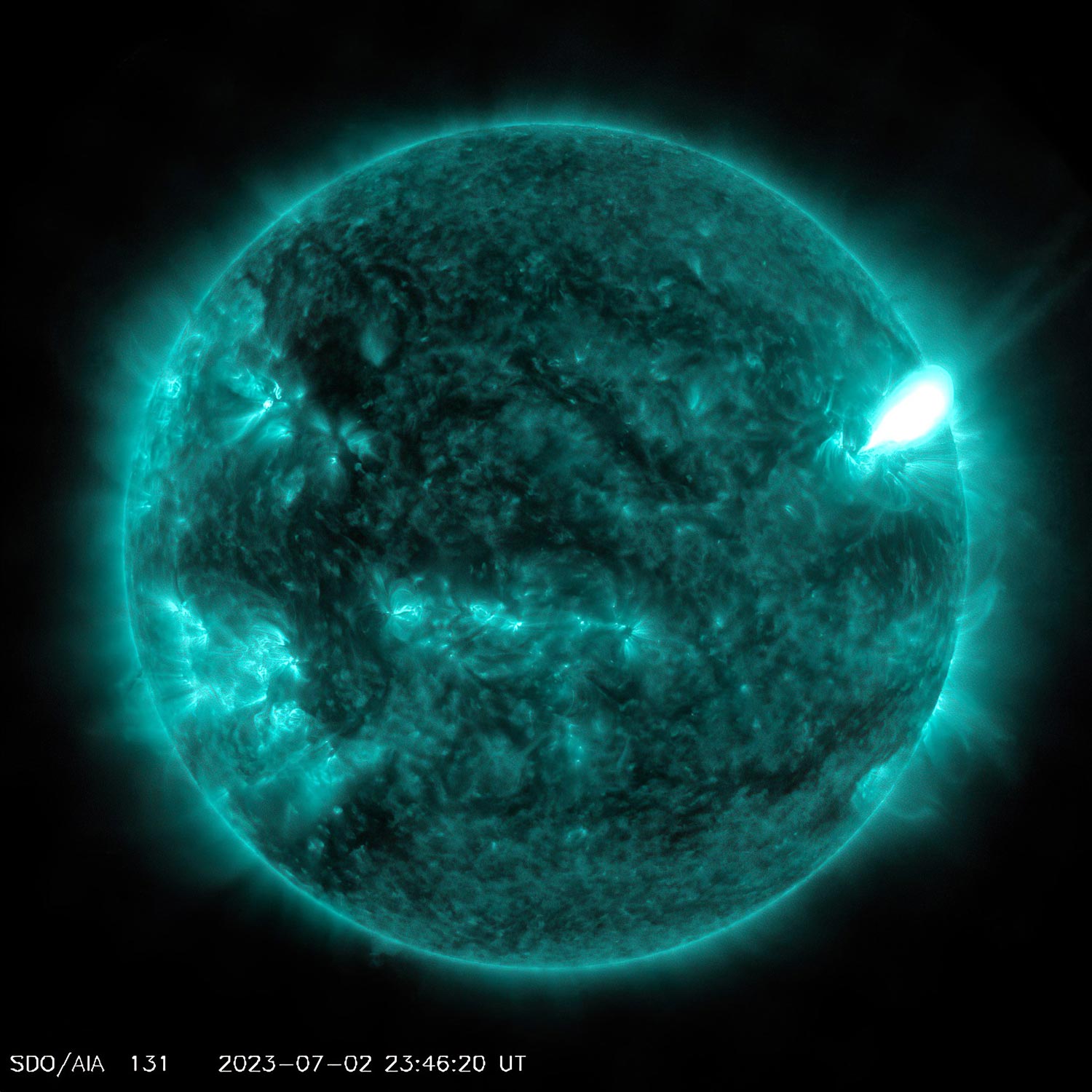
#X-CLASS #SOLAR #FLARE: Active sunspot AR3878 erupted again on Oct. 31st (2120 UTC), producing an X2-class solar flare. NASA's Solar Dynamics Observatory captured a spray of hot plasma emerging from the blast site:
X-ray Solar Flares
6-hr max: C5 0810 UT Nov01
24-hr: #X1 2120 UT Oct31
A pulse of extreme ultraviolet radiation from the flare ionized the top of Earth's atmosphere, causing a shortwave radio blackout over the Pacific Ocean. Ham radio operators may have noticed loss of signal below 25 MHz for as much as 45 minutes after the flare.
We don't yet know if the explosion produced a CME. Initial guess: No.
4 Likes
















